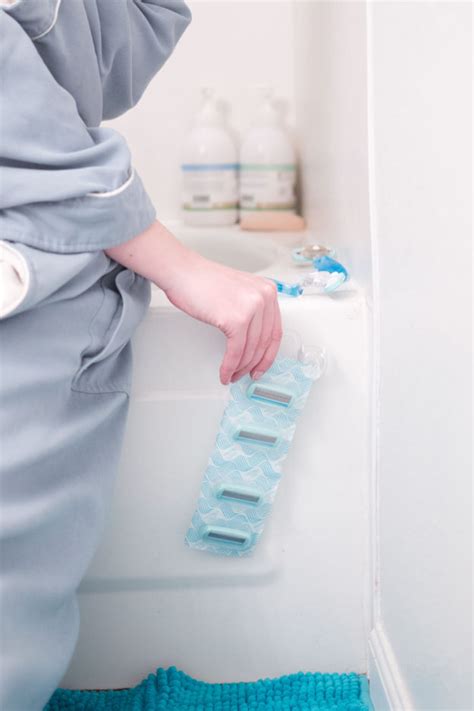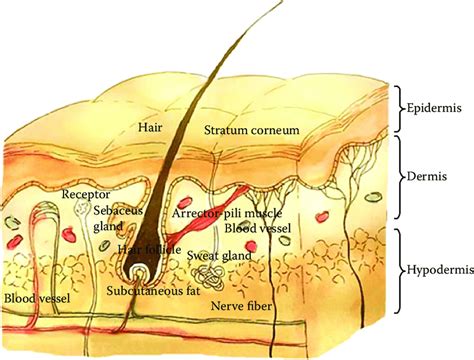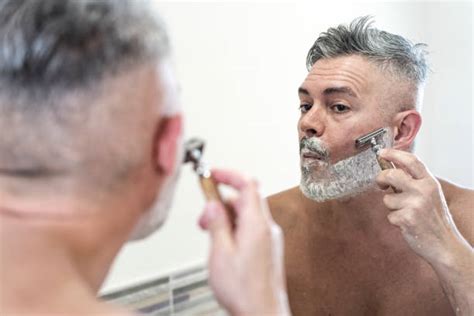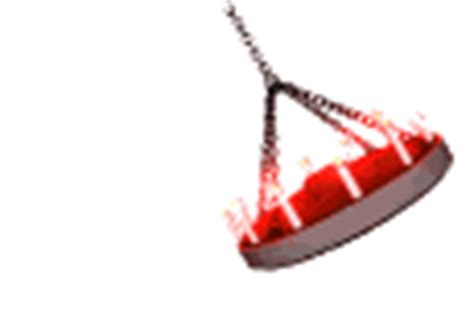Efficiently prevent razor burn for a flawless, peak-performance shave?

Understanding Razor Burn: The Foe of a Flawless Shave
Razor burn, characterized by redness, irritation, and sometimes painful bumps, is more than just a cosmetic nuisance. For anyone striving for a peak-performance appearance, it’s a significant setback. It can affect confidence, lead to discomfort, and even impact professional presentation. Fortunately, preventing razor burn isn’t rocket science; it’s an art rooted in understanding proper technique, preparation, and aftercare.
This comprehensive guide will walk you through the most effective strategies to banish razor burn from your routine, leaving you with nothing but smooth, comfortable, and impeccably shaven skin.

Mastering Pre-Shave Preparation: The Foundation of Success
A flawless shave begins long before the blade touches your skin. Proper preparation is the most critical step in minimizing irritation and ensuring a smooth glide.
- Exfoliate Gently: A day before your shave, use a mild facial scrub or an exfoliating brush to remove dead skin cells and clear trapped hairs. This helps prevent ingrown hairs and allows the razor to meet a clean surface.
- Warm Water or Shower: The best time to shave is after a warm shower. The steam and warm water soften your hair and open up pores, making the hair easier to cut and reducing tugging. If you can’t shower, apply a warm, damp towel to your face for a few minutes.
- Pre-Shave Oil: For an extra layer of protection and lubrication, apply a few drops of pre-shave oil to your skin. This creates a barrier between your skin and the blade, allowing for a smoother, less abrasive pass.
The Art of the Shave: Technique and Tools
Your shaving technique and the tools you use are paramount to preventing razor burn.

Choosing Your Weapon: The Right Razor
- Sharp Blades are Non-Negotiable: A dull blade is the primary culprit behind razor burn. It tugs at hairs instead of cutting them cleanly, leading to irritation. Replace multi-blade cartridges every 5-7 shaves or when you feel any tugging. For safety razors, change blades even more frequently, often after 2-3 shaves.
- Consider a Safety Razor: Many find that a single-blade safety razor significantly reduces irritation compared to multi-blade cartridges, as it cuts the hair at skin level with less passes and less friction.
The Shaving Process
- Quality Shaving Cream/Gel: Ditch the aerosol foams and invest in a rich, lubricating shaving cream or gel. Apply it generously to create a thick lather that lifts the hairs and provides ample cushioning.
- Shave with the Grain First: Always start by shaving in the direction your hair grows. This is the least irritating approach. For a closer shave, you can re-lather and shave across the grain (perpendicular to hair growth) on a second pass, but avoid shaving against the grain if you are prone to razor burn.
- Light Pressure: Let the razor do the work. Pressing too hard is a common mistake that leads to irritation and nicks. A sharp blade requires minimal pressure to cut effectively.
- Rinse Your Blade Frequently: Clogged blades are ineffective. Rinse your razor under warm water after every few strokes to clear away hair and shaving cream.
Post-Shave Rituals for Soothed Skin
What you do immediately after shaving is just as important as your preparation and technique.
- Cold Water Rinse: After you’ve finished shaving, rinse your face with cold water. This helps to close pores and soothe the skin, reducing redness and inflammation.
- Apply an Alcohol-Free Aftershave Balm: Skip products with high alcohol content, as they can dry out and irritate freshly shaven skin. Instead, opt for a nourishing, alcohol-free aftershave balm or lotion that contains soothing ingredients like aloe vera, witch hazel, or chamomile.
- Moisturize Regularly: Keeping your skin well-hydrated is key to preventing dryness and irritation. Use a good quality facial moisturizer daily, not just after shaving.

Long-Term Strategies for Sustainable Smoothness
Preventing razor burn is an ongoing commitment. Here are some habits to incorporate into your long-term routine:
- Maintain Clean Tools: Ensure your razor and any shaving brushes are clean and stored in a dry place to prevent bacterial growth.
- Listen to Your Skin: Pay attention to how your skin reacts to different products and techniques. Adjust your routine as needed. If one product causes irritation, try another.
- Consider Alternative Methods: If conventional wet shaving consistently causes issues, explore electric shavers (rotary or foil), which can be gentler for some skin types, or even depilatory creams (with caution).

Conclusion: Embrace the Flawless Shave
Achieving a consistently flawless and peak-performance shave free from razor burn is entirely within your reach. By committing to thorough pre-shave preparation, mastering your shaving technique with the right tools, and diligently following up with soothing aftercare, you can transform your shaving routine from a dreaded chore into a satisfying ritual. Embrace these strategies, and enjoy the confidence that comes with perfectly smooth, irritation-free skin every single day.









